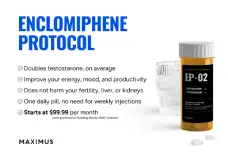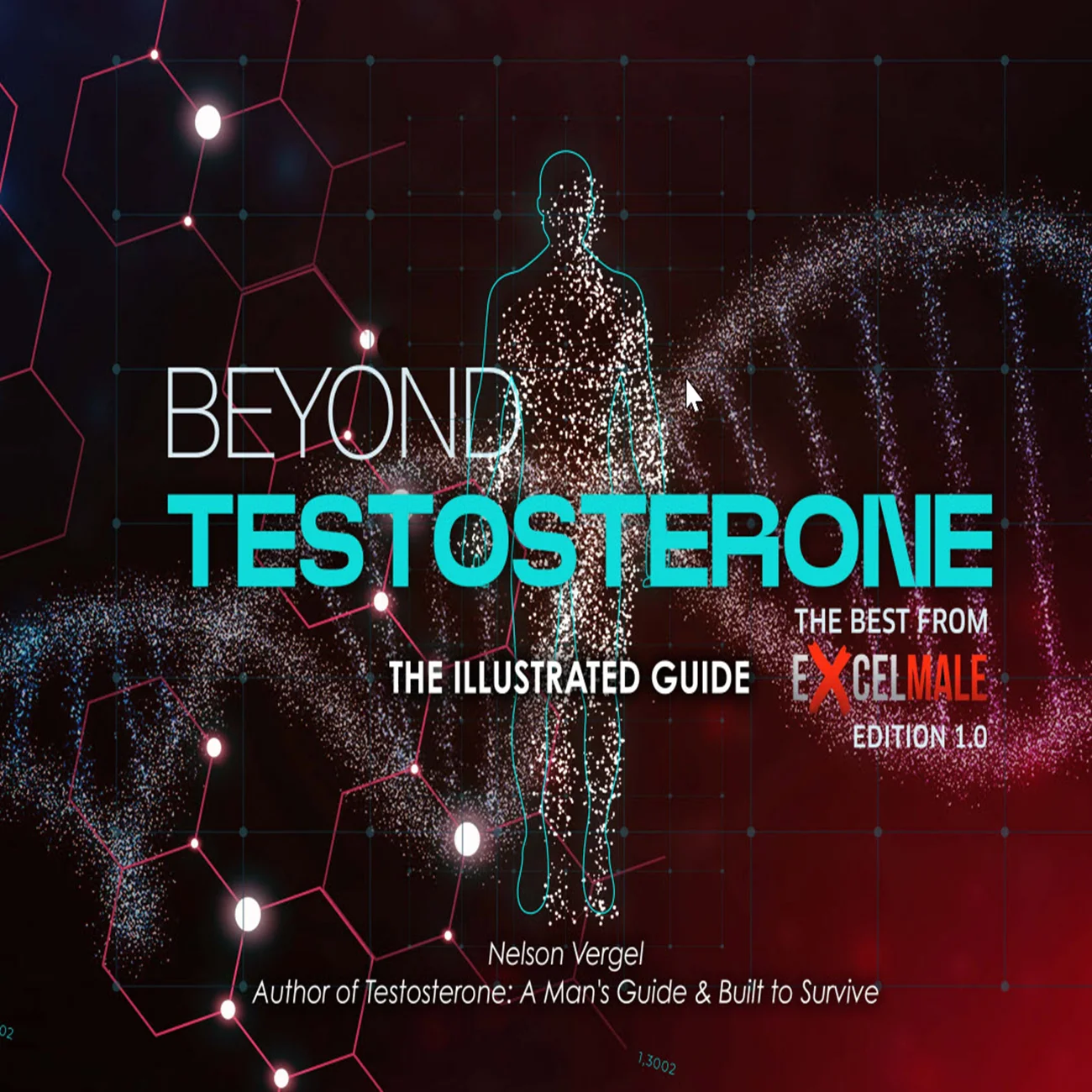That's 12 mg a day of testosterone, more than almost every man makes naturally. Of course it's too much. I don't see how anybody can defend starting out with a dose this high or higher. This should only happen if you tell your doctor that anabolism is your number one priority and you knowingly accept the risks.
If 9 mg/day is the upper limit, then you seem to be saying that anything more than 63 mg/week is obviously too much. I’d say that drastically over-simplifies it. You even then go on to say that anyone taking a dose higher than should only occur if the main priority is anabolism… again an over-simplification. Hell, there are plenty of guys on 120 (according to you that is double what the top end of the natural production spectrum is) with little to no problems and are likely benefitting more at that level than they would at a lower level(and certainly more than they would if they cut it in half and only took 60mg/week). Exogenous to endogenous is not exactly and apples to apples comparison. The peaks that are way higher, lack of daily fluctuations, disruption to other hormonal pathways, and lots of other things can come into play and impact how much is needed for an optimal dose by an individual.
Is TRT Dosing Above 3-9 mg/Day “Too High”?
Not necessarily. The 3-9 mg/day figure for endogenous production cannot be directly compared to exogenous doses for several reasons:
1. Bioavailability and Delivery:
• Endogenous testosterone is produced directly into the bloodstream and tightly regulated. Exogenous testosterone, especially injectables, is administered in larger boluses and metabolized differently, with some of the dose being lost to ester cleavage (e.g., in testosterone cypionate, only ~70% of the dose is actual testosterone).
• Transdermal or subcutaneous methods have lower bioavailability (e.g., gels may have 10-15% absorption), requiring higher nominal doses to achieve physiological serum levels.
2. Serum Levels vs. Production:
• TRT aims to achieve serum testosterone levels in the physiological range (typically 300-1000 ng/dL total testosterone, or 10-35 nmol/L). The dose needed to reach this range varies based on individual factors like metabolism, SHBG levels, and administration method.
• Studies (e.g., Bhasin et al., 2010) show that exogenous doses of 50-125 mg/week (7-18 mg/day) often produce mid-normal serum levels in hypogonadal men, while higher doses (e.g., 200 mg/week) may push levels to the upper-normal range or slightly supraphysiological.
3. Individual Variation:
• Factors like age, body weight, SHBG levels, and aromatization to estradiol affect how much exogenous testosterone is needed to achieve physiological effects.
• Some men on TRT may need doses slightly above the “endogenous equivalent” to achieve symptom relief, while others may do well on lower doses.
4. Supraphysiological Risks:
• Doses significantly exceeding physiological needs (e.g., >200 mg/week) can lead to supraphysiological testosterone levels, increasing risks of side effects like erythrocytosis, elevated estradiol, prostate issues, or cardiovascular strain. However, doses within the typical TRT range (50-150 mg/week) are generally titrated to avoid this.
Documentation and Evidence
• Studies on Endogenous Production:
• Vermeulen A. (1972). “Testosterone secretion and metabolism in male mammals.” Acta Endocrinol Suppl (Copenh). Estimated daily production of 4-9 mg in healthy men.
• Southren AL, et al. (1965). “Testosterone production rates in normal and hypogonadal men.” J Clin Endocrinol Metab. Confirmed similar ranges.
• TRT Dosing Studies:
• Bhasin S, et al. (2010). “Testosterone dose-response relationships in healthy young men.” Am J Physiol Endocrinol Metab. Showed that 50-125 mg/week of testosterone enanthate produces physiological serum levels, while higher doses (300-600 mg/week) are supraphysiological.
• Snyder PJ, et al. (2016). “Effects of testosterone treatment in older men.” N Engl J Med. Used doses equivalent to 5-10 mg/day (via gel) to achieve normal serum levels and symptom improvement.
• Guidelines:
• The Endocrine Society (Bhasin et al., 2018) recommends titrating TRT to achieve serum testosterone in the mid-normal range (400-700 ng/dL). This often requires doses higher than the 3-9 mg/day endogenous production due to differences in delivery and metabolism.
• The American
Urological Association (Mulhall et al., 2018) similarly emphasizes individualized dosing based on symptoms and serum levels, not a strict mg/day cap.
Conclusion
The claim that TRT doses above 3-9 mg/day are “too high” is inaccurate because exogenous testosterone dosing cannot be directly equated to endogenous production. TRT doses are designed to achieve physiological serum levels and symptom relief, which often requires 50-150 mg/week (7-21 mg/day) depending on the delivery method and individual response. Doses should be titrated based on bloodwork (total/free testosterone, hematocrit, estradiol) and clinical symptoms, not a one-size-fits-all comparison to natural production.












